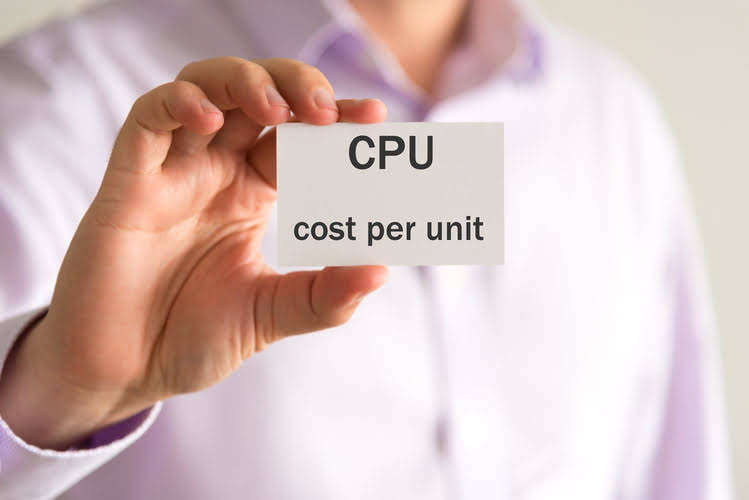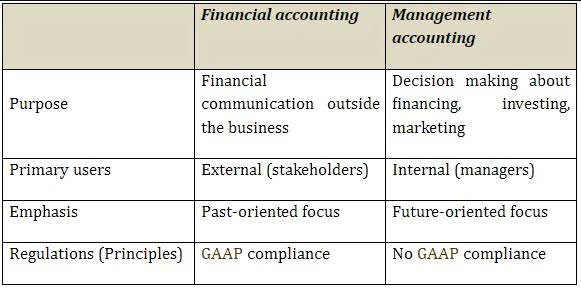How Do Publishing Firms Handle the Bookkeeping for Advance Payments to Authors and Recoupment Processes?

They serve as a safeguard for both licensors and licensees, providing transparency and accountability. During an audit, financial professionals meticulously review sales reports, financial statements, and other relevant documentation to verify that royalty payments are accurate and in line with agreements. For example, a film studio may audit a toy manufacturer’s sales records to confirm that royalty payments for character merchandise are correct.
Understanding Royalty Payments

However, there may be other factors that are specific to your IP, your industry, or your situation. Therefore, it accounting for royalty payments is advisable to consult a professional, such as a lawyer, an accountant, or a valuation expert, before entering into a royalty agreement. A well-designed royalty agreement can benefit both the licensee and the IP owner, as well as foster a long-term and mutually beneficial relationship. As media companies adapt to new revenue models like microtransactions and tiered subscription services, they also have to adjust their accounting for royalties and licensing fees.

Understanding royalty agreements

Platforms like Kindle Direct Publishing allow authors to directly publish ebooks without the need for traditional advances. This shift empowers authors with more control over their earnings and reduces upfront financial commitments for publishers. Consequently, traditional publishers are reassessing their advance strategies to remain competitive. The publisher https://www.bookstime.com/ will also record a matching liability, recognizing their obligation to recoup these funds through the author’s book sales.
Completed Contract Method for Revenue Recognition
- Make time to check out and alter the Excel spreadsheets, sales reports, and other important files.
- Sec. 1.263A1(e)(3)(i) defines indirect costs as all costs other than direct material costs and direct labor costs (in the case of property produced) or acquisition costs (in the case of property acquired for resale).
- Royalty payments occupy a unique niche in the financial world, serving as a bridge between intellectual property rights and financial compensation.
- These payments are typically made in installments, such as upon signing the contract, upon manuscript delivery, and upon publication.
- Royalties are payments given to the person who owns the intellectual property of a given asset.
Revenue recognition in the biotech sector, notably for licensing deals and intellectual property, is governed by strict accounting standards. Key factors influencing royalty rates include exclusivity, market potential, competitive landscape, agreement duration, and geographical scope. Exclusive rights with a global reach often warrant higher rates, while non-exclusive agreements may involve lower rates. From an accounting perspective, advance payments are recorded as a liability on the payer’s balance sheet until services or products are delivered, in alignment with accrual accounting principles under GAAP and IFRS. For the recipient, the advance is recorded as an asset, reflecting the obligation to deliver goods or services.
Understanding and Recording Interest Receivable in Financial Accounting

There is no net effect on your company’s value or profitability, How to Invoice as a Freelancer and as we look back, we can see that most of the impacts on value and profitability happen early. After royalties, but before other expenses, the transaction in our example has grossed $90,000 in profit and increased the value of the company by the same $90,000. We can also now easily see our reserve balance, and the level of pre-paid royalties – which is negative here because we did not include the creation of the initial advance.
- This advance acts as a prepayment against future royalties that the book might earn once it sells.
- Global royalty collections reached a record high of €13.09 billion (or $11.9B USD) in 2023, a 7.6% increase from the previous year, according to CISAC’s Global Collections Report 2024.
- Accurate measurement depends on the terms of the lease agreement and the relevant accounting standards.
- We can also now easily see our reserve balance, and the level of pre-paid royalties – which is negative here because we did not include the creation of the initial advance.
- Companies may license their technology to others for use in a variety of applications, from software solutions to consumer electronics.
- For many authors, advances represent their primary source of income during the book-writing process.
The licensee should report the royalty payments to the licensor along with the supporting documents and evidence. The licensor should acknowledge the receipt of the royalty payments and issue invoices or receipts to the licensee. The licensor and the licensee should also keep track of the royalty payments and reconcile any discrepancies or errors. For example, a licensee may pay the royalty payments to the licensor by wire transfer every quarter and send the licensor a royalty statement with the details of the sales and the payments. Calculating royalty payments for intellectual property is a complex process that requires careful consideration of various factors. From the perspective of the intellectual property owner, it is crucial to determine the fair and accurate compensation for the use of their creations.

Laisser un commentaire
Rejoindre la discussion?N’hésitez pas à contribuer !